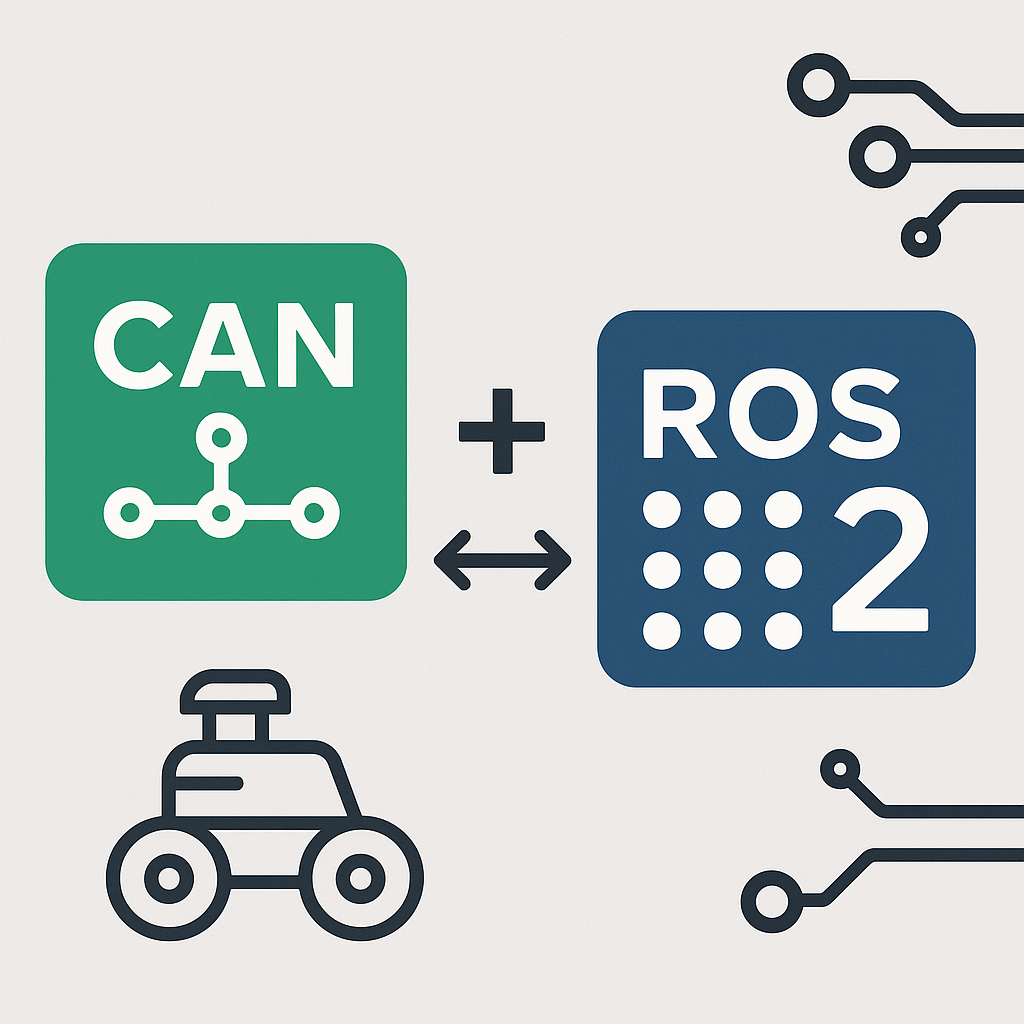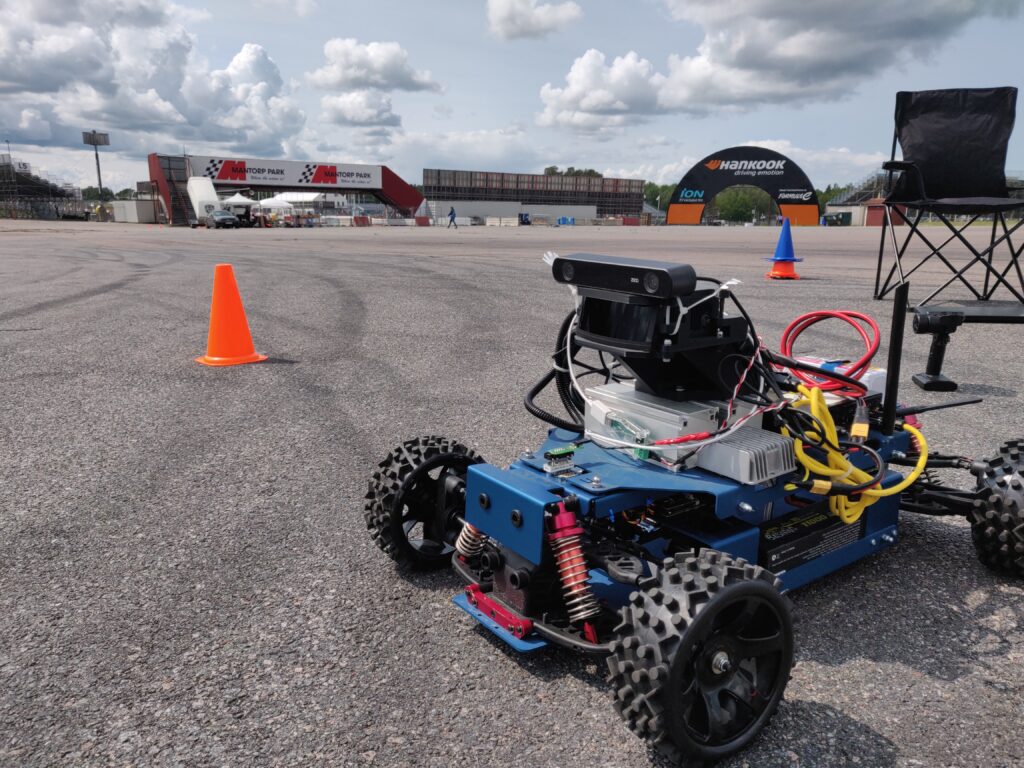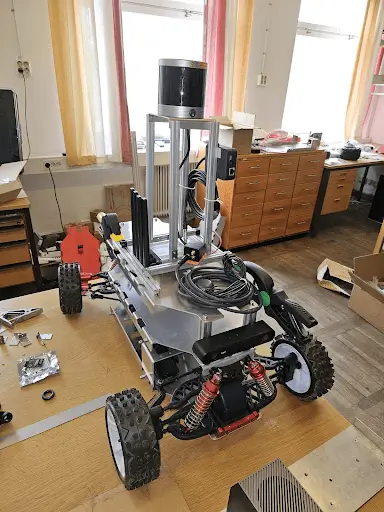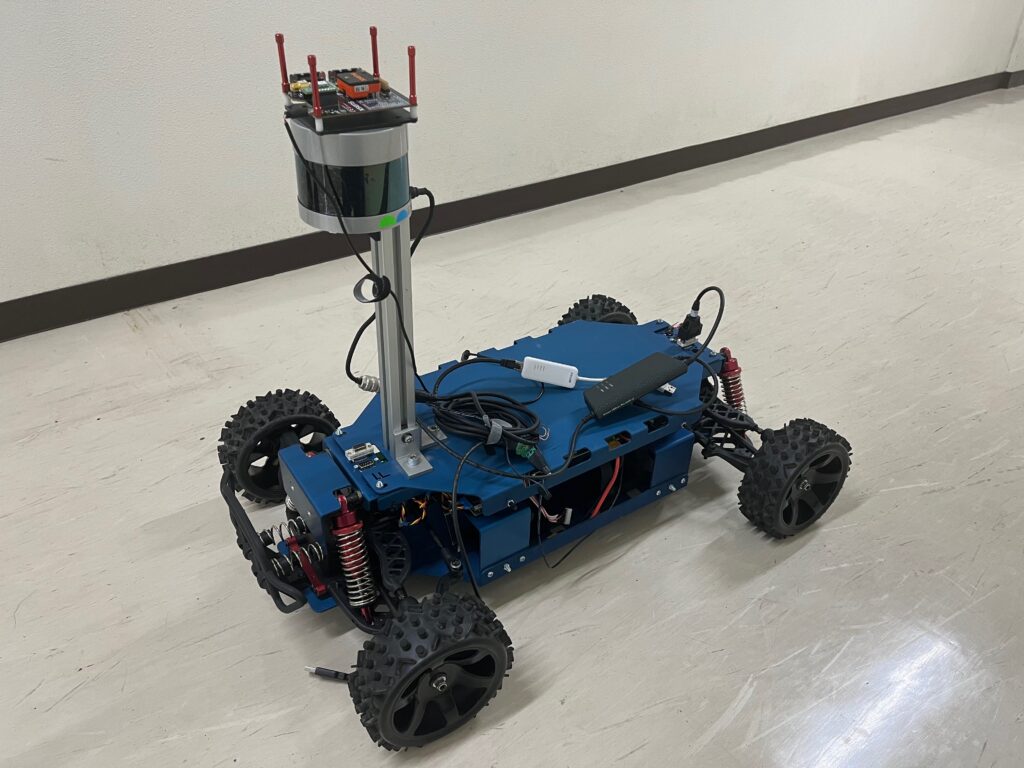CAN-ROS Integration: What Auto & Industry Need to Know

As someone working in automotive and industrial automation, you’ve likely faced this dilemma: How do we leverage modern robotics frameworks without compromising the real-time guarantees our systems require?
[Download the full paper here]
At CanEduDev, we’ve been deeply invested in this challenge. Our co-founder Hashem Hashem recently conducted a comprehensive study on integrating Controller Area Network (CAN) with ROS 2, now available as a preprint. Using our CanEduDev Rover platform as a testbed, we developed a modular gateway architecture that successfully bridges these two worlds – and the results reveal both exciting opportunities and important realities our industry needs to face.
The Good News 📈
Our integration achieved impressive average latencies of 170 µs and jitter of 73 µs, proving that CAN-ROS bridges can work for soft real-time applications. The modular “digital twin” approach abstracts CAN complexities while preserving critical safety features like human override capability.
Real benefits for industry:
-
Enables simulation with Gazebo before physical deployment
-
Unlocks powerful ROS tooling for data analysis and debugging
-
Makes systems accessible to robotics developers without deep CAN expertise
The Reality Check ⚠️
Here’s what the automotive and automation community needs to know from our findings:
Performance spikes are real. While average latencies looked good, the system experienced periodic spikes reaching up to 1100 µs. For hard real-time control loops, this variability could be problematic.
Memory overhead matters. Python-based ROS nodes consumed around 80 MiB for the first node, scaling linearly with ~40 MiB per additional node – a significant footprint for embedded systems.
The bimodal latency distribution with peaks at 70-80 µs and 180-200 µs suggests underlying middleware behavior that affects timing predictability.
What This Means for Us
ROS 2 on general-purpose operating systems struggles with hard real-time guarantees – CAN remains superior for control-critical tasks. Our study confirms what many of us suspected: a hybrid approach is necessary.
The architecture works well for our Rover application, but for safety-critical applications requiring strict timing guarantees, the periodic spikes could impact system reliability.
Moving Forward
Our research suggests that rewriting in C++ could reduce memory consumption through node composition and eliminate garbage collection-related latency spikes, though at the cost of development speed and accessibility.
For those of us designing next-generation automotive and industrial systems, this research provides a crucial message: ROS 2 is a powerful tool for high-level control and development, but keep your critical loops on proven real-time protocols like CAN.
The future isn’t ROS replacing CAN – it’s intelligently combining both.
At CanEduDev, we’re committed to bridging the gap between industrial control and modern robotics frameworks. If you’re working on similar challenges or interested in discussing CAN-ROS integration for your applications, we’d be happy to share more insights and explore how our experience might benefit your projects.
Feel free to reach out – let’s advance industrial automation together! 🚀
our other blogs
From Simulation to Skidpad: How the CanEduDev Rover is Accelerating LiU Formula Student’s Driverless Ambitions
For any team in the high-stakes world of autonomous racing, the gap between a promising algorithm in a simulator and a car executing a flawless run on the track is immense. It's a gap filled with long...
read moreCanEduDev Partners with KTH and Telenor on Advanced Autonomous Driving Project
Project SummaryThe collaboration between CanEduDev, the Royal Institute of Technology (KTH), and Telenor represents a pioneering effort to push the boundaries of autonomous driving technology on a sma...
read moreCanEduDev Rover: Progress Report on System Integration and Architecture
CanEduDev Rover: Technical Progress Update on System Integration We are excited to share a detailed update on the ongoing development of the CanEduDev Rover, a key project within our collaboration wi...
read moreBringing Autonomy to Life: Autoware Integration with the CanEduDev Rover
In Alex Carballo’s lab at Gifu University, cutting-edge research and hands-on robotics come together to create innovative solutions. In their latest project, headed by Tomoki Kuno, they showcase th...
read moreCanEduDev formally partners with Kvaser
As a newly appointed Technical Associate to Kvaser, CanEduDev is set to bring its Rover platform to the forefront of CAN technology demonstrations and education. This collaboration underscores our sh...
read moreCAN-ROS Integration: What Auto & Industry Need to Know
As someone working in automotive and industrial automation, you've likely faced this dilemma: How do we leverage modern robotics frameworks without compromising the real-time guarantees our systems re...
read more



